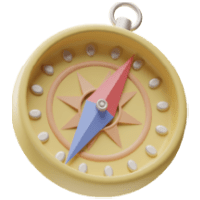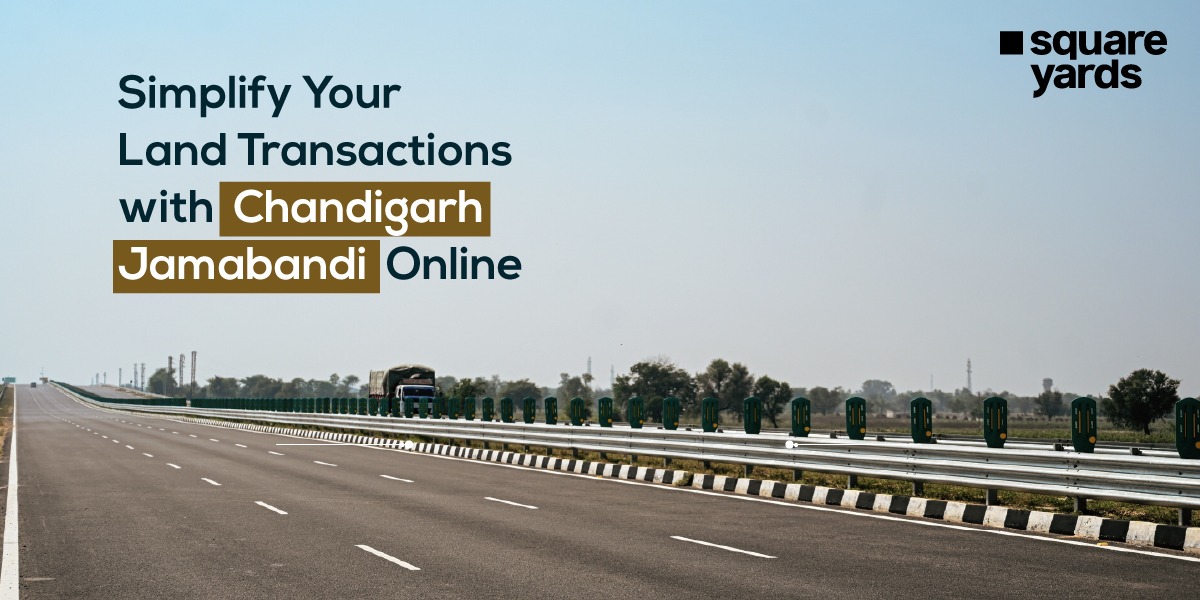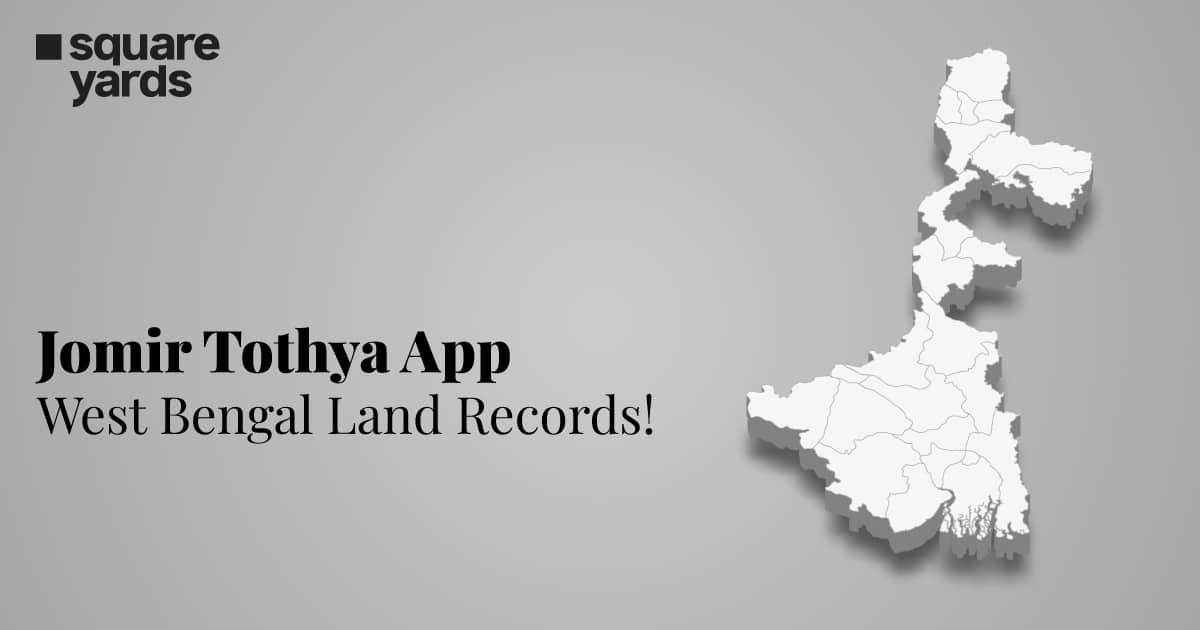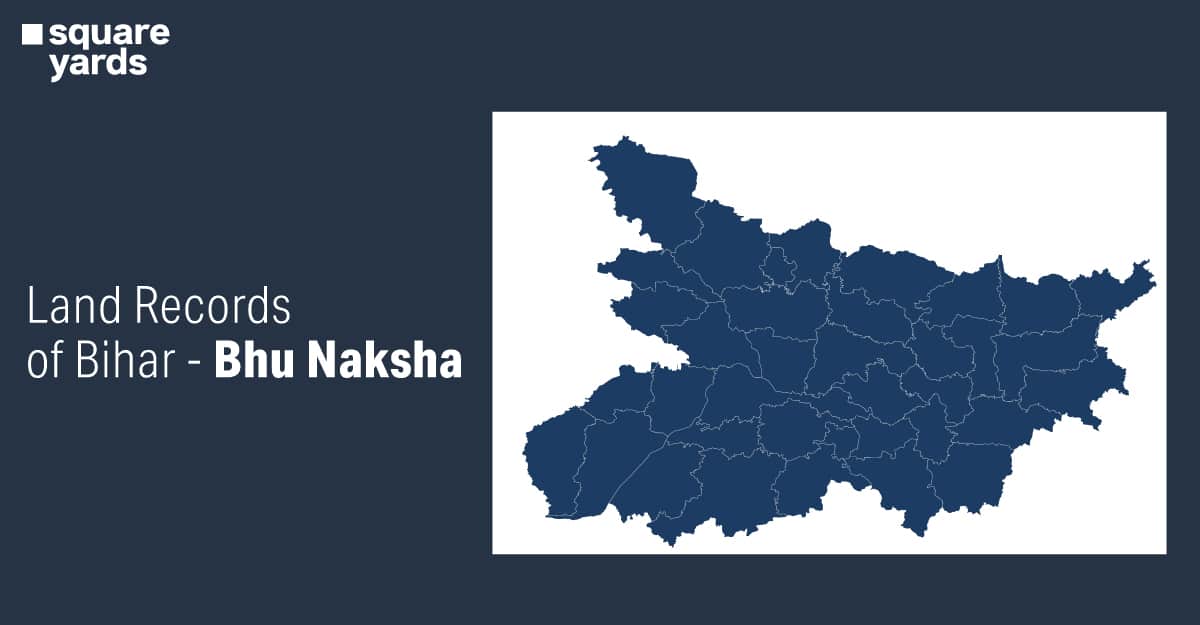The bustling City of Delhi is dotted with numerous historical monuments of the British and Mughal eras. Amongst them lies an architectural gateway of the capital city- Kashmiri Gate. This incredible doorway was one of the surviving gates of the fortified old Delhi connecting to the northern part of the country, Kashmir. It holds immense significance as it witnessed several ancient occasions and factual events of the Revolt of Independence 1857. This renowned landmark still whispers stories of the yesteryear while embracing the city’s traditional and cultural background.
As of now, it is surrounded by active streets, vibrant bazaars, and a transportation hub with the integration of ISBT and Kashmiri Gate Metro Station.
Table of Contents
- History Of Kashmiri Gate
- Unique Architectural Features Of The Kashmiri Gate
- What’s Inside Kashmiri Gate?
- Kashmiri Gate Location and Distance
- Ways To Reach Kashmiri Gate
- Best Time to Visit Kashmiri Gate
- Places to Visit Near Kashmiri Gate
- Undying Allure of Kashmiri Gate!
- FREQUENTLY ASKED QUESTIONS(FAQ’S)
History Of Kashmiri Gate
To truly appreciate the significance of Kashmere Gate, let’s step back in time to the Mughal Era. Delhi, a fortified city, known as Shahjahanabad, had 14 gates leading in different directions. Amongst them is the Kashmere Gate, which derived its name from the road that led north to the region of Kashmir.
The gate was in close proximity to the river Yamuna, and the region surrounding it, houses gardens and country homes built by Royal families. Originally constructed by Shah Jahan, the gate stands as a testament to India’s first struggle of Independence: the Sepoy Mutiny of 1857.
In the spring of 1857, the city of Delhi found itself under the grip of the rebel sepoys, and the gates were heavily fortified and sealed. However, after four months of bombardment, British forces succeeded in blowing open the right bay of the gate, thereby raiding on the 14th of September 1857.
The British victory came with the surrender of the Mughal ruler Bahadur Shah Zafar. As the last Mughal emperor had become a rallying figure for the rebellion.
Interestingly, the condition in which the Kashmiri Gate stands today, broken and battered, is not a result of neglect or the passage of time. Instead, it was preserved as a poignant heritage symbol.
Unique Architectural Features Of The Kashmiri Gate
The Kashmiri Gate architectural style is an amalgamation of Mughals, with effects from Persian, Central Asian, and British aesthetics. The gate’s focal point is a commanding central arch, accompanied by smaller arches on either side, collectively forming a harmonious composition.
The striking element of the gate is its intricate carvings, floral motifs, and calligraphy showcasing the meticulous craftsmanship of the artisans. Crafted with red sandstone, the Kashmiri gate boasts Mughal symmetry and proportion, creating an alluring look.
As one’s gaze ascends, the parapet atop the gate reveals a distinctive British influence—a tribute to their prowess in military engineering. During that era, the British constructed navy structures and military administrative offices near the gate to facilitate colonial governance and the functioning of Delhi.
What’s Inside Kashmiri Gate?
The road in front of Kashmiri Gate is Lothian Road (Luthiyan Road), a walk around that will bring you to explore old monuments and intricate Mughal architecture.
Dara Shikoh, the apparent heir to the Mughal throne, built an opulent mansion and a private library near Kashmere Gate, which boasts fascinating features, including carvings, patterns, and artistic details. Much like his father Shahjahan, Dara exhibited a keen interest in architecture. Today, part of the library is located within the premises of the Guru Gobind Singh Indraprastha University and is home to the museum of the Department of Archeology, Government of Delhi.
Another eminent structure situated on Lothian Road is the British Magazine, which houses ammunition, gunpowder, and arms. Adjacent to the British Magazine is the Telegraph Memorial, a solemn grey-pillared monument from where the last telegraphic message was sent during the revolt of 1857.
Other significant buildings are St. James Church, Nav Yuvak Ramlila Community, and Nicholson Cemetery. These monuments weave an intricate tapestry of remarkable history and offer glimpses into its colonial past and crucial moments that shaped Delhi’s landscape.
Kashmiri Gate Location and Distance
Kashmiri Gate Location-
Kashmere Gate, also known as Kashmiri Gate, stands as an eminent gateway. Nestled within Old Delhi, India, the gate was constructed under the illustrious Mughal Emperor Shah Jahan and derives its name because it led towards, well, the enchanting land of Kashmir.
Nearby Destinations-
The distance between:
New Delhi Station and Kashmere Gate is approximately 3 km since Kashmere Gate Metro Station is just a 6 min walk (420 metres away).
The distance between ISBT Kashmere Gate is around 991 metres, 13 min walk.
Distance from Kashmiri Gate to Chandni Chowk is 5.8 km, 21 minutes.
Kashmiri Gate to Connaught Place is around 11.5 km, approx 30 minutes.
Ways To Reach Kashmiri Gate
Situated in the heart of the capital, this magnificent landmark is conveniently facilitated through various modes of transportation.
The Delhi Metro, renowned for its efficiency and connectivity, offers a seamless route to Kashmiri Gate. The Red Line of the metro system stops at the Kashmiri Gate station, making it an easily accessible option for both locals and tourists.
Delhi’s extensive public network system provides another viable option for reaching Kashmiri Gate. You can also opt for Autos and taxis that offer more flexibility and connect to various parts of the city.
Best Time to Visit Kashmiri Gate
Delhi’s climate sways between extreme heat in the summer and chilly winters, influencing the time to visit historic landmarks. October to March are the favourable months that offer a pleasant climate to explore Kashmiri Gate. Visitors can seek early morning hours or late evening time that has mild temperatures and a refreshing ambience for a picturesque setting.
Places to Visit Near Kashmiri Gate
The iconic Kashmiri Gate’s strategic location places it within proximity to numerous other attractions, allowing visitors to explore the city’s vibrant offerings.
Red Fort:
A UNESCO World Heritage Site, the Red Fort is a short distance from Kashmiri Gate. The fort’s majestic architecture, ornate designs and expansive grounds transport you back to the magnificent Mughal era.
Chandni Chowk:
This bustling marketplace, renowned for its vibrancy and historic relevance, is a stone’s throw away from Kashmiri Gate. Exploring its narrow lanes, sampling local street food, and shopping for traditional wear is an experience to cherish.
Jama Masjid:
Adjacent to the Red Fort, the Jama Masjid is one of India’s largest mosques. It is just 1.9 km from Kashmere Gate Station.
Raj Ghat: For those seeking a peaceful and reflective ambience, Raj Ghat, the memorial dedicated to Mahatma Gandhi, is nearby (3.6 km from Kashmere Gate).
Fatehpuri Masjid:
Another architectural gem, the Fatehpuri Masjid, is located in the vicinity.
Undying Allure of Kashmiri Gate!
As the sun sets behind the grand arches of Kashmiri Gate, it casts a golden glow on the enduring stories etched within its walls. So, next time you plan to visit Delhi, mark this spot in your itinerary list and witness the splendour and resilience of the humans. This gateway boasts a deep history of Mughal opulence and British pragmatism, just waiting to be explored!
FREQUENTLY ASKED QUESTIONS(FAQ’S)
Where is Kashmiri Gate located?
Nestled in the northern part of the city, the historical gateway is a part of the walled city of Shahjahanabad.
How to visit Kashmiri Gate?
Kashmiri Gate is located in central Delhi. The gate is easily accessible through various modes of transportation:
- Metro: The heritage gate is just a short walking distance from the Kashmiri Gate Metro Station.
- Bus: Delhi’s extensive bus network connects Kashmiri Gate to various parts of the city. Numerous bus routes pass through the vicinity, offering a convenient option for those exploring by public transport.
- Autos and Taxis: Auto-rickshaws and taxis are readily available and can take you directly to Kashmiri Gate.
Which of the 5 gates of the walled city of Delhi are still standing?
- Kashmere Gate
- Ajmeri Gate
- Delhi Gate
- Turkman Gate
- Nigambodh Gate
How much time does it take to visit Kashmiri Gate?
If you’re interested in admiring the gate’s exterior and taking in its historical ambience, a visit of around 15 to 30 minutes might suffice. However, if you wish to explore the nearby star attractions, one to two hours would be sufficient.
Which Metro station is near Kashmiri Gate?
The Delhi Metro’s Red Line features a station named “Kashmiri Gate,” which is in close proximity to the actual gate. Upon exiting the metro station, visitors are just a short walk away from experiencing the grandeur of Kashmiri Gate itself.
Is Kashmiri Gate a posh area?
Kashmiri Gate is primarily known for its historical and cultural significance rather than being considered a posh or upscale area. Today, it serves as a major transportation hub, with the Interstate Bus Terminal and Kashmiri Gate Metro Station.
Which metro lines run from Kashmiri Gate?
The prominent metro line that runs through Kashmiri Gate is the Red Line, Yellow Line, and Violet Lines.




























































